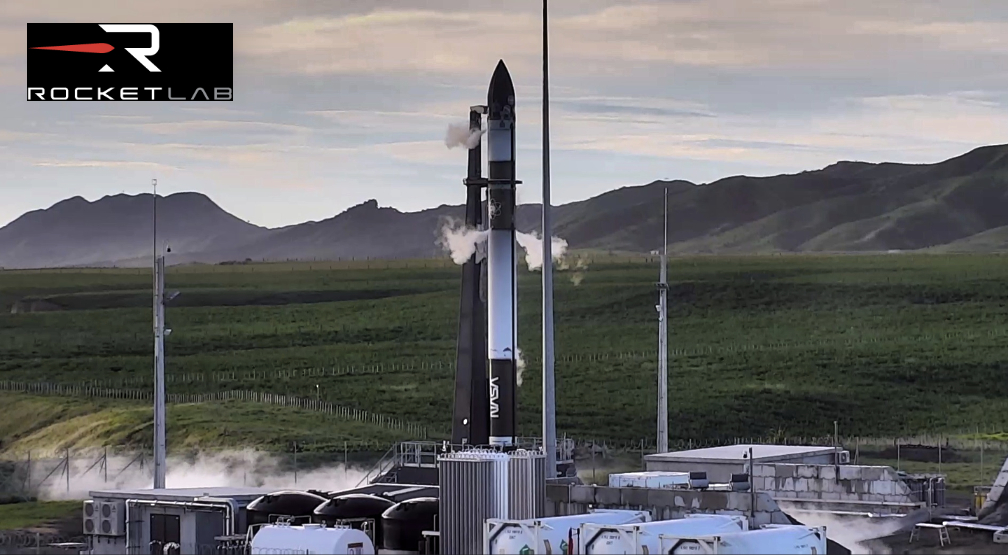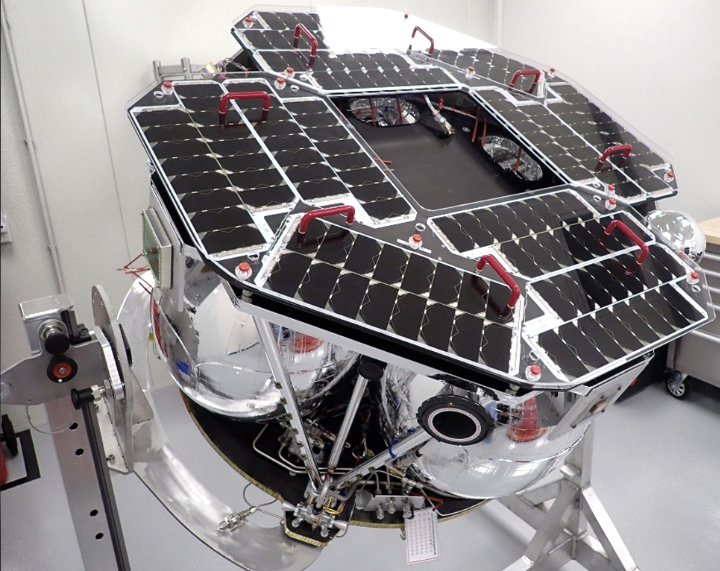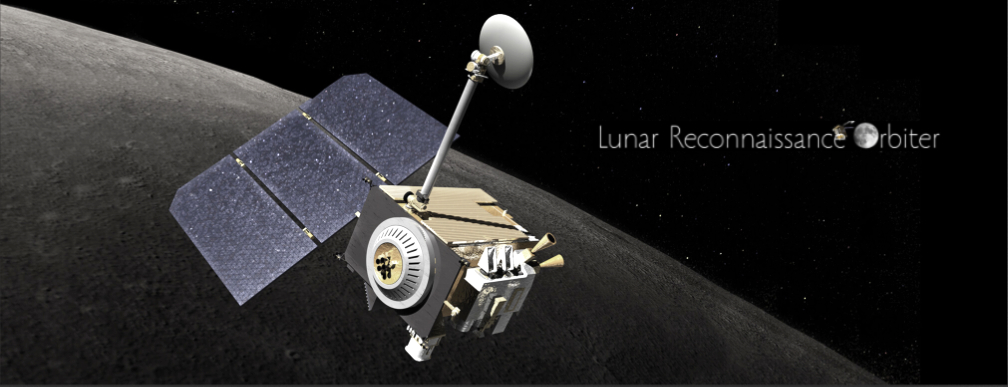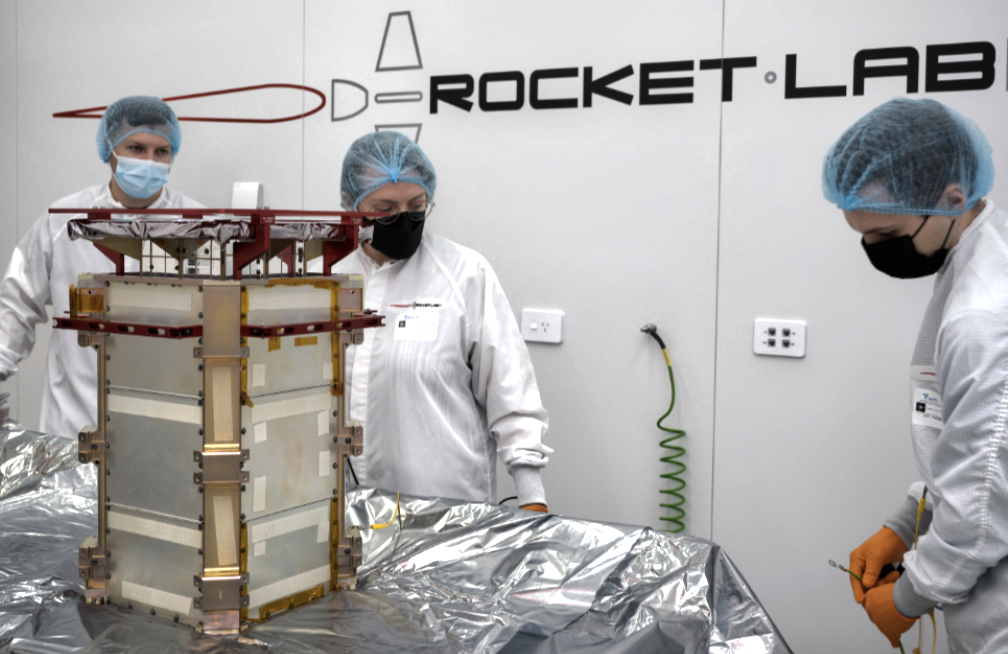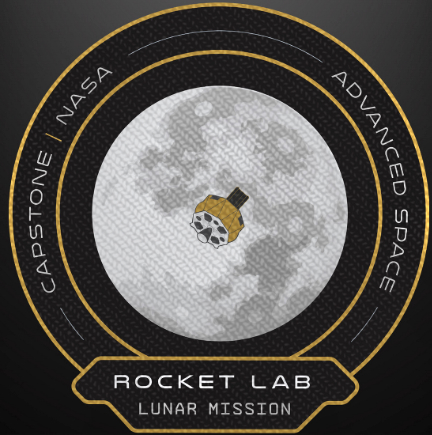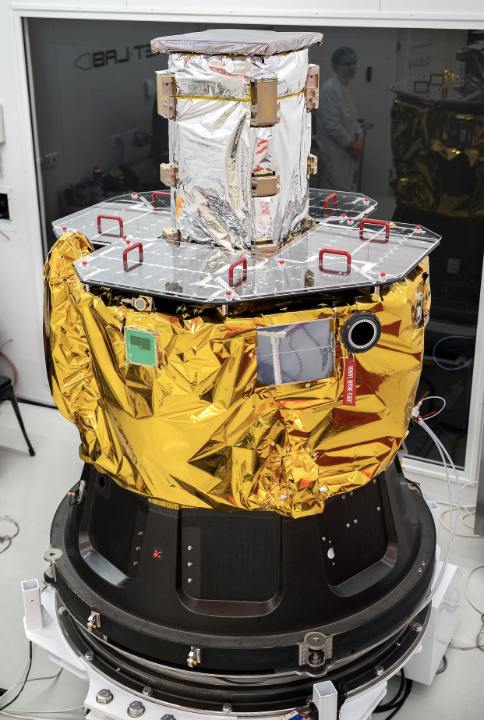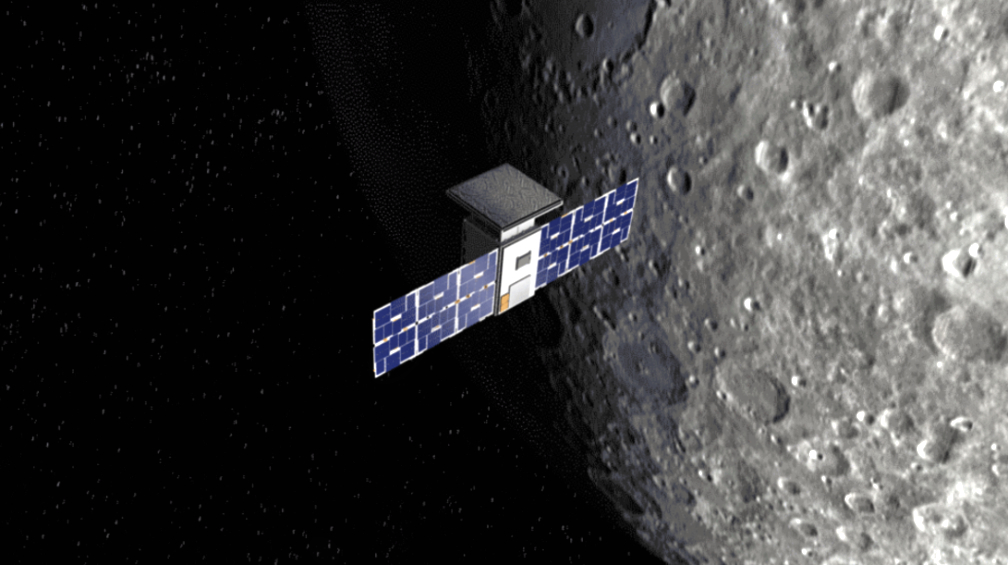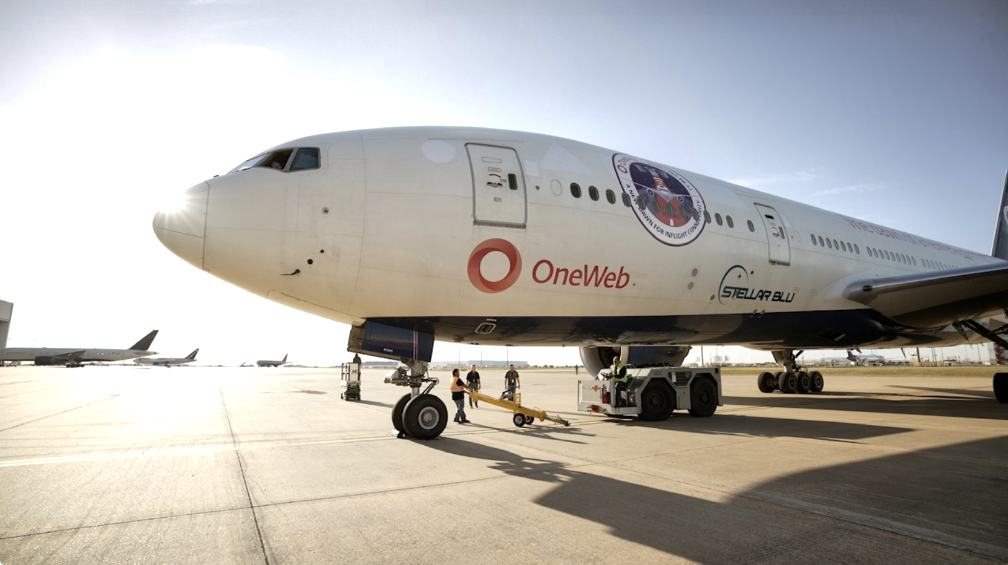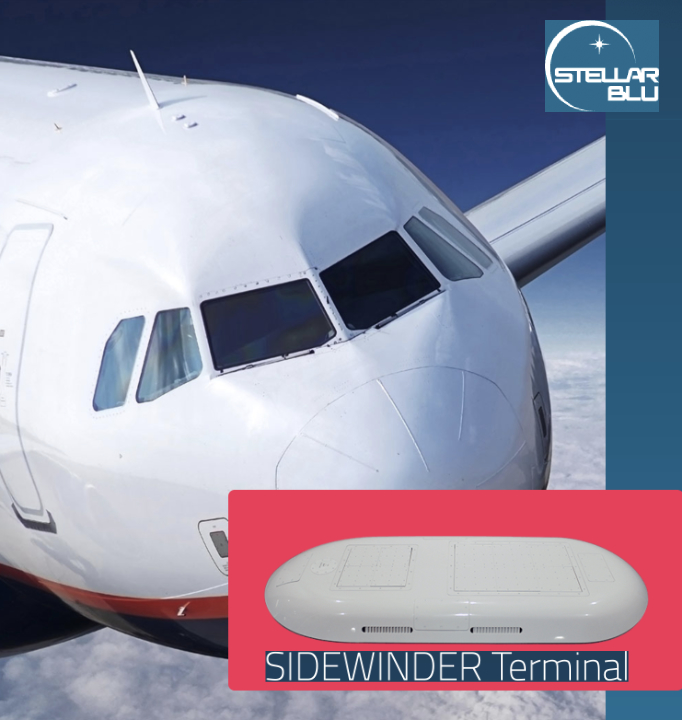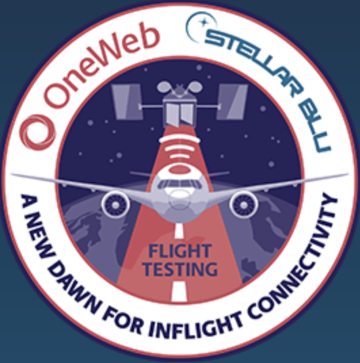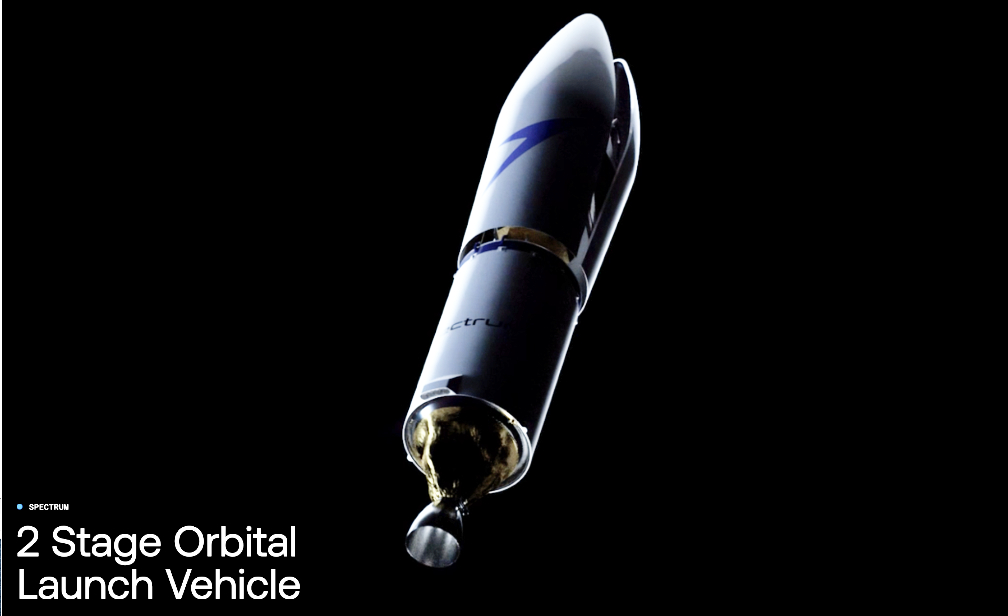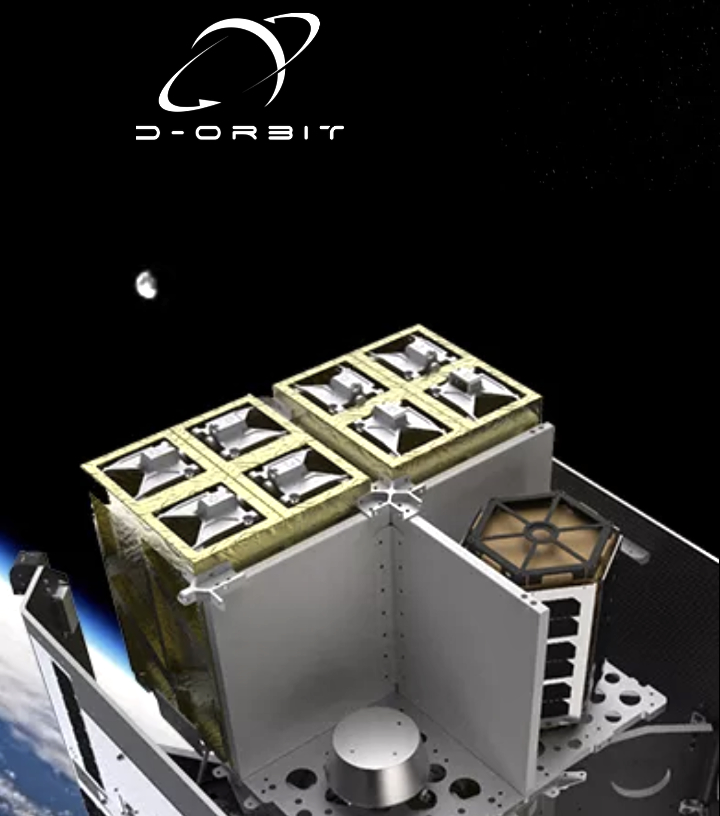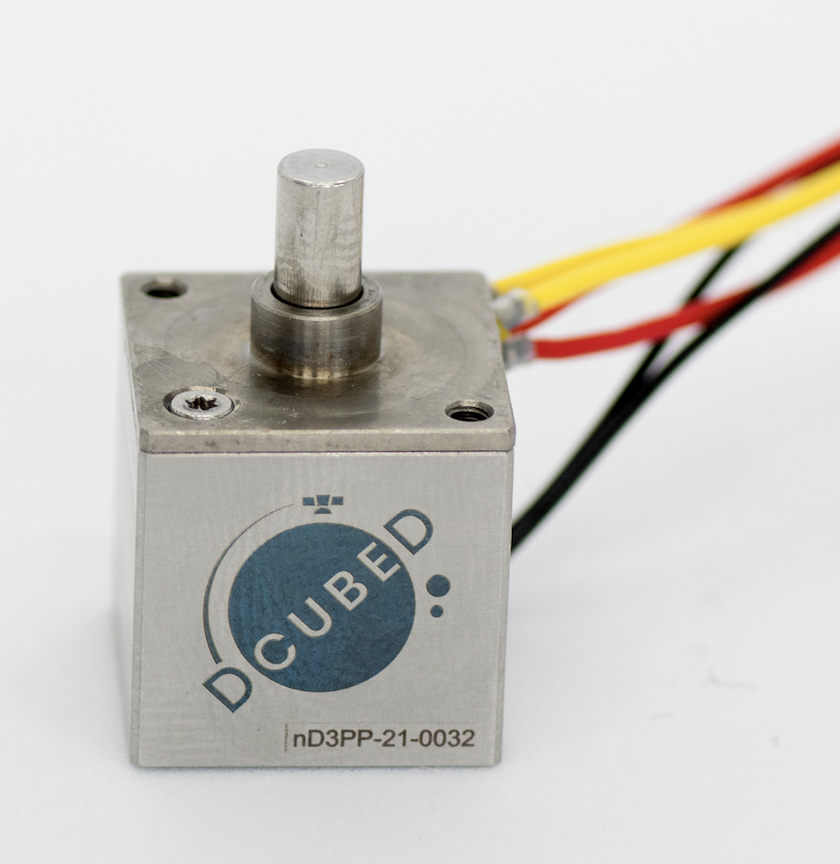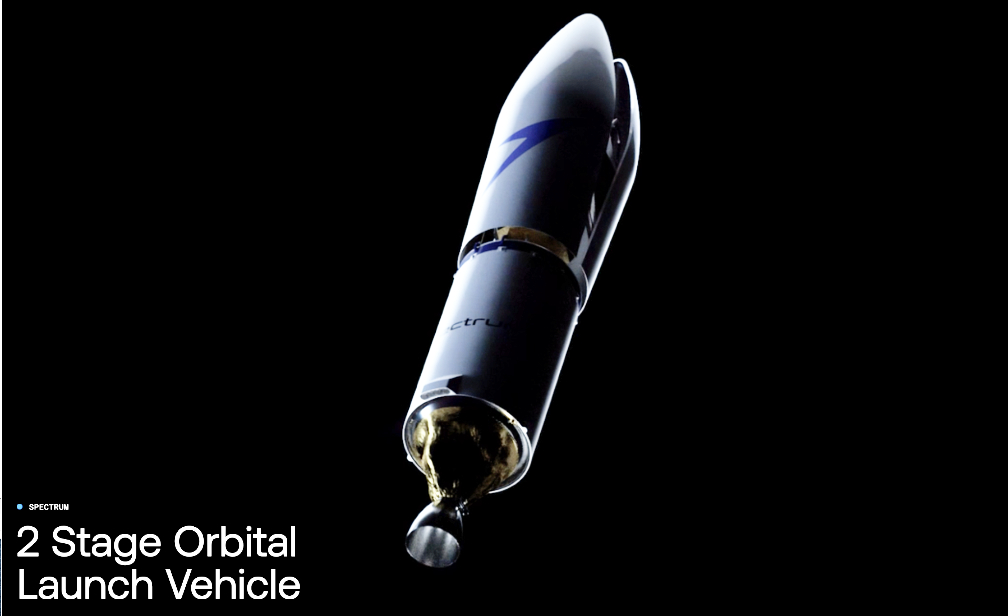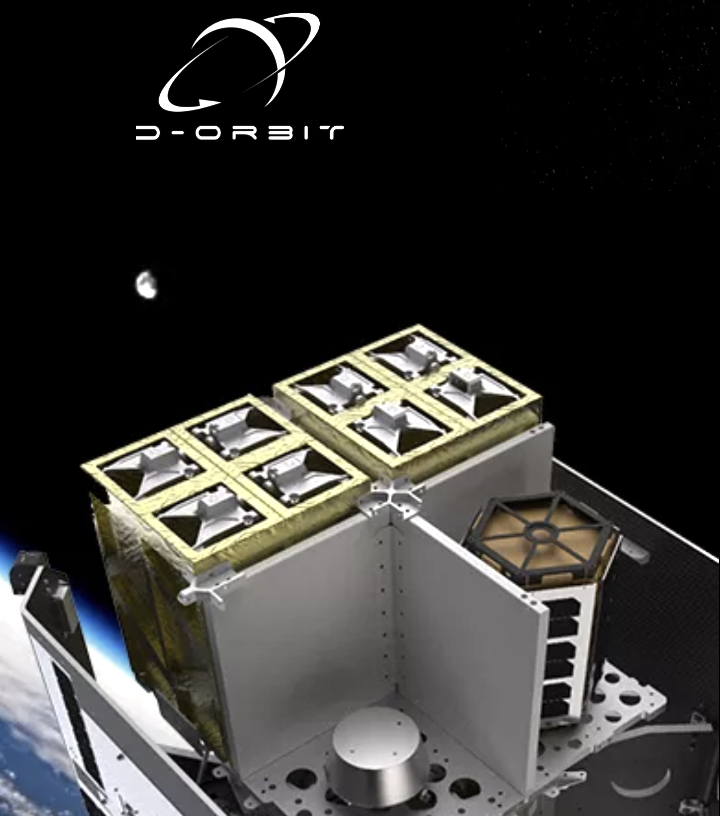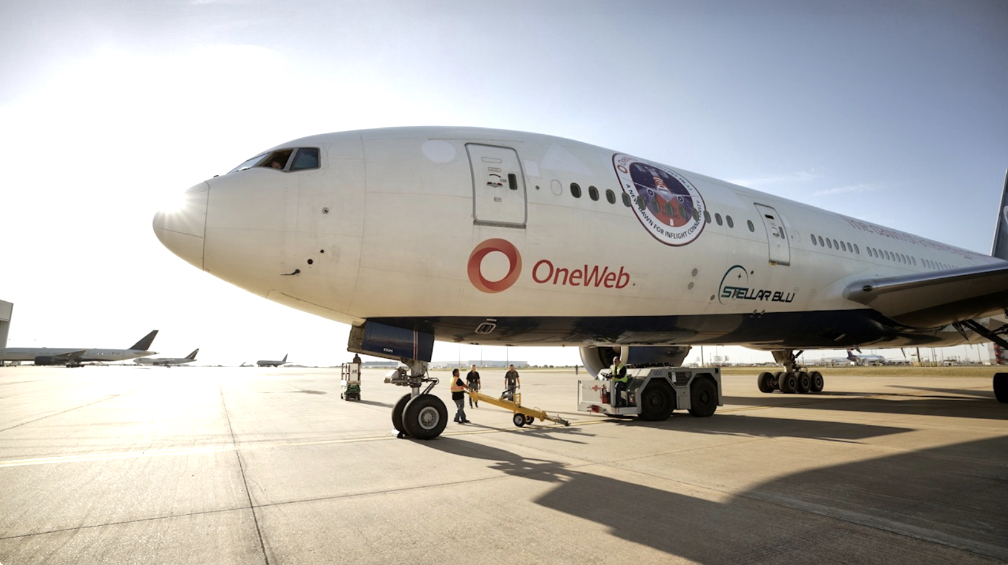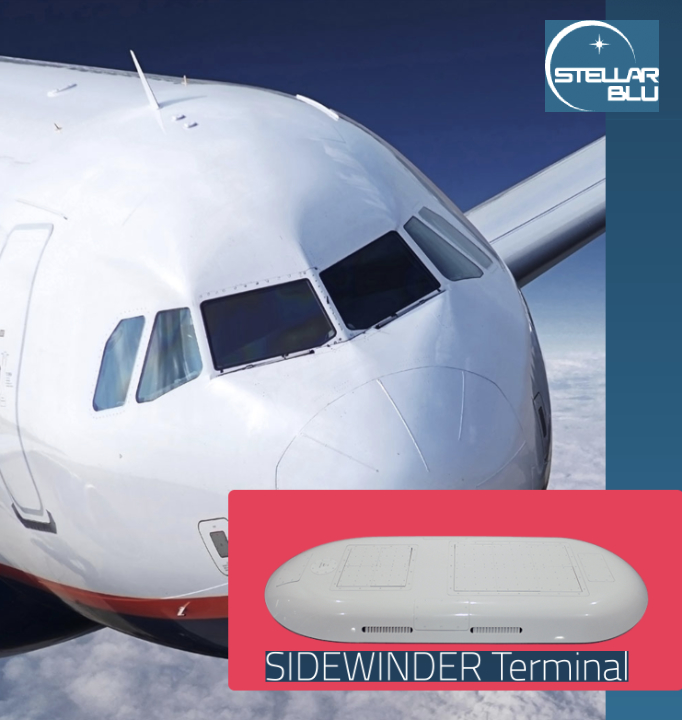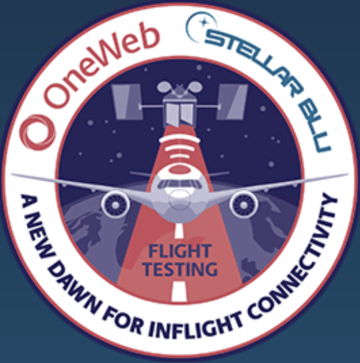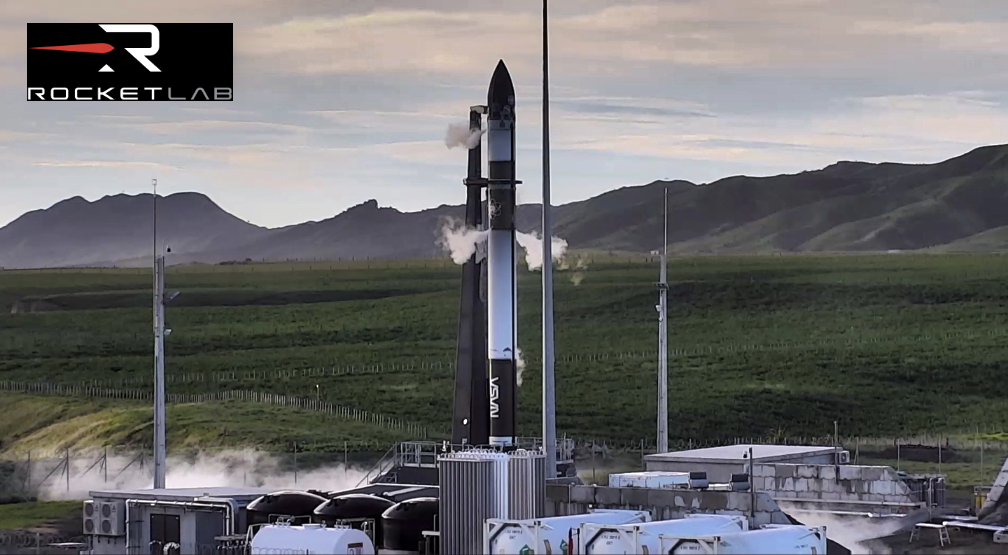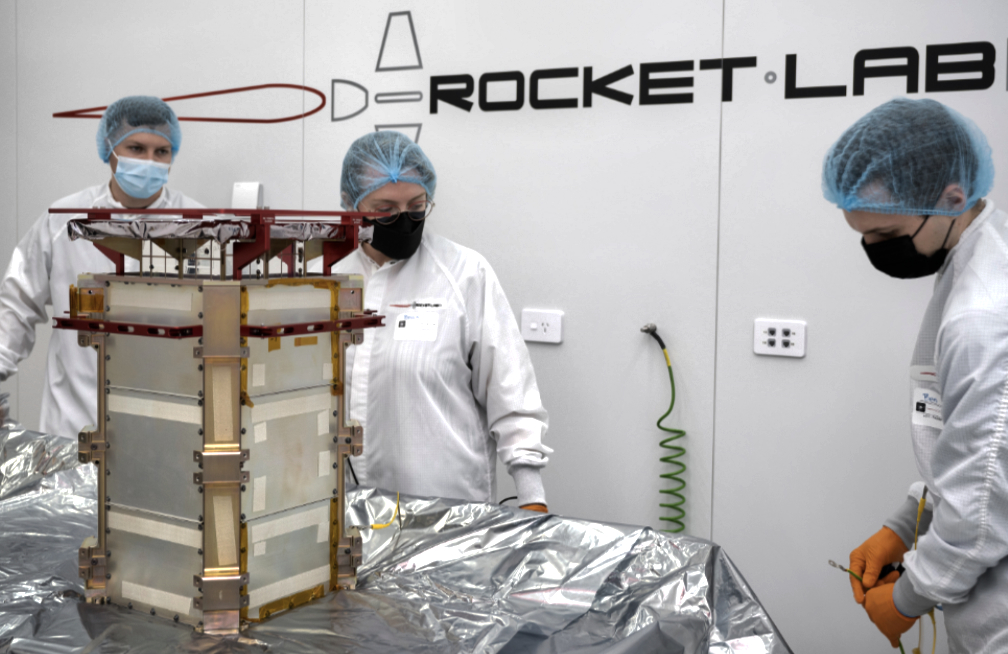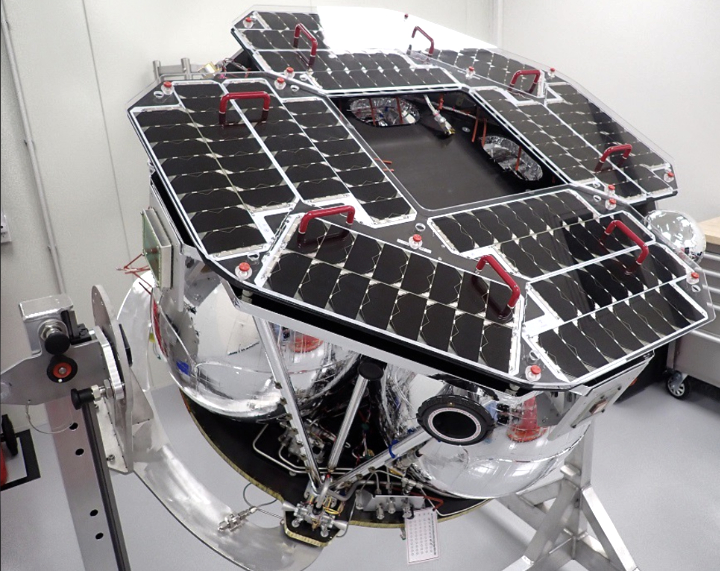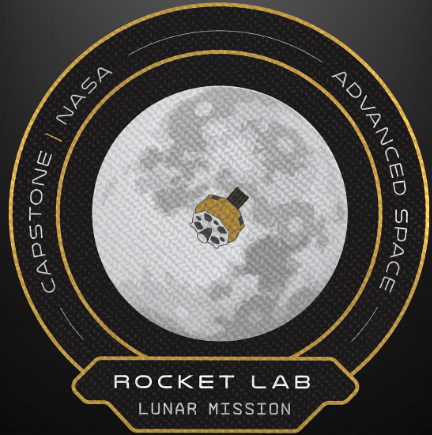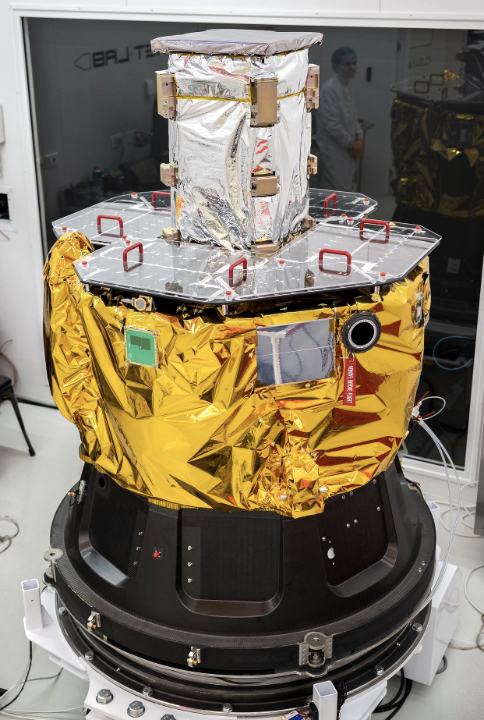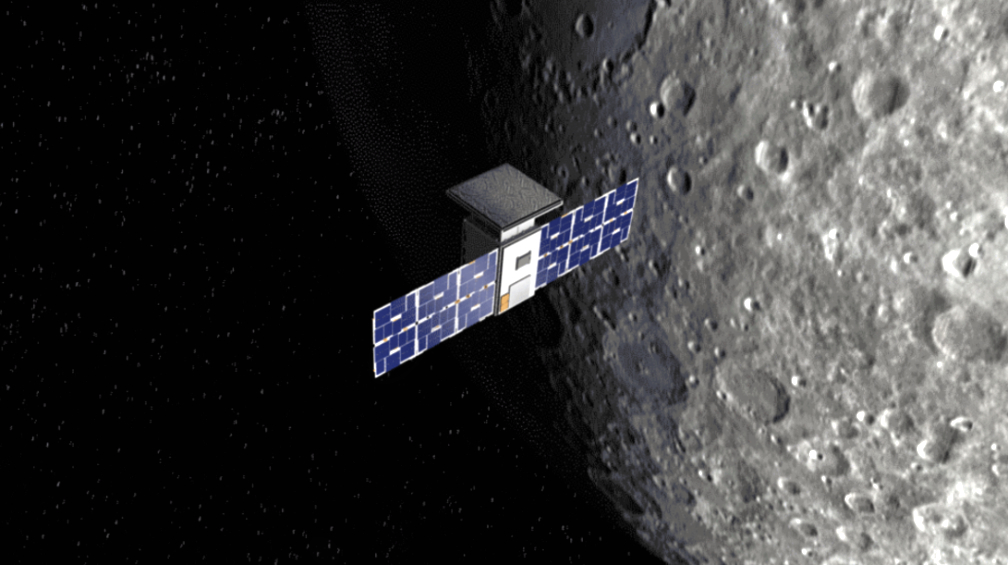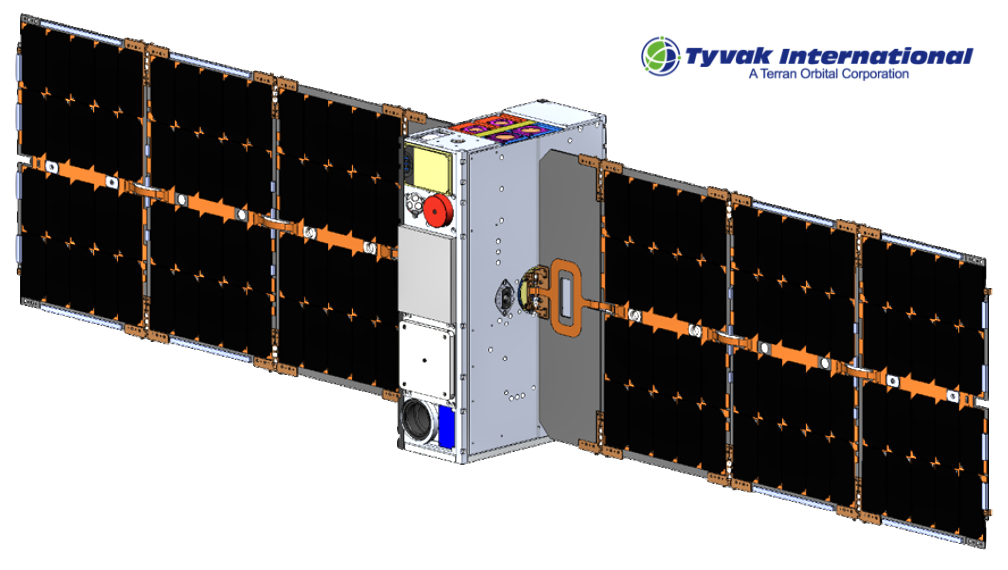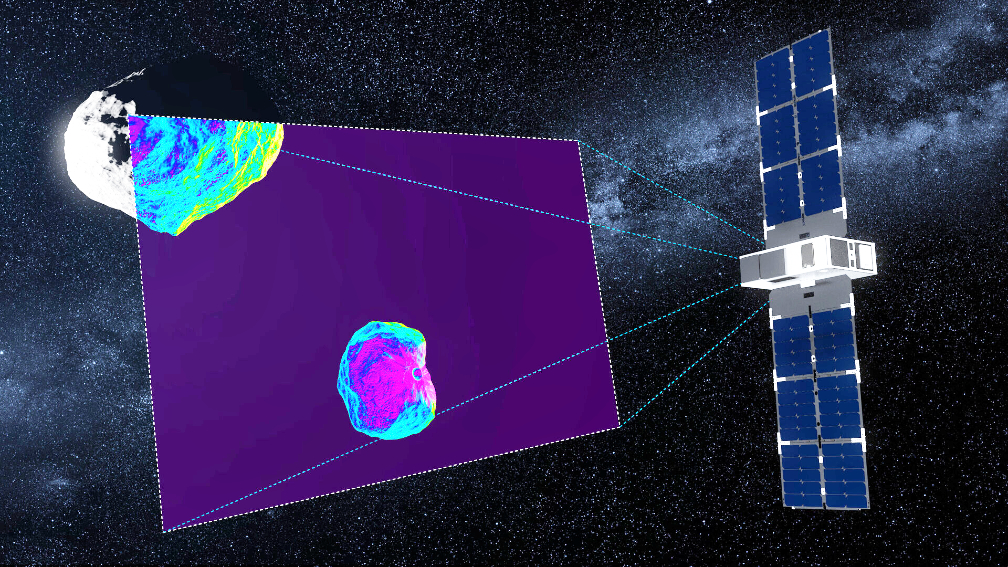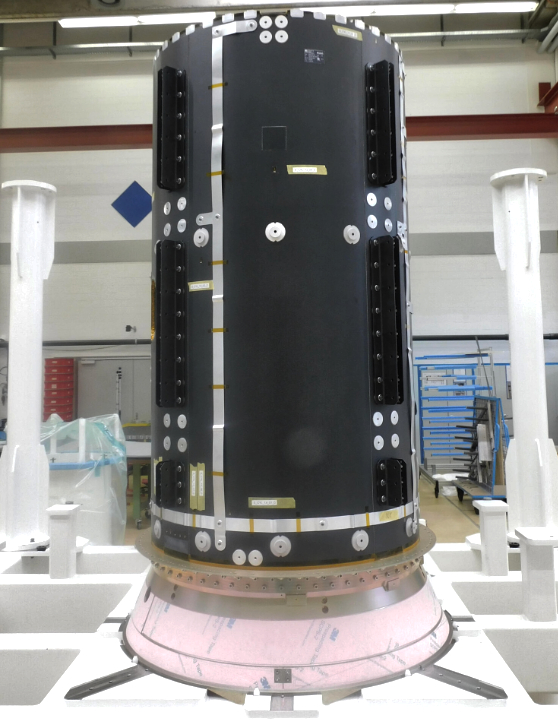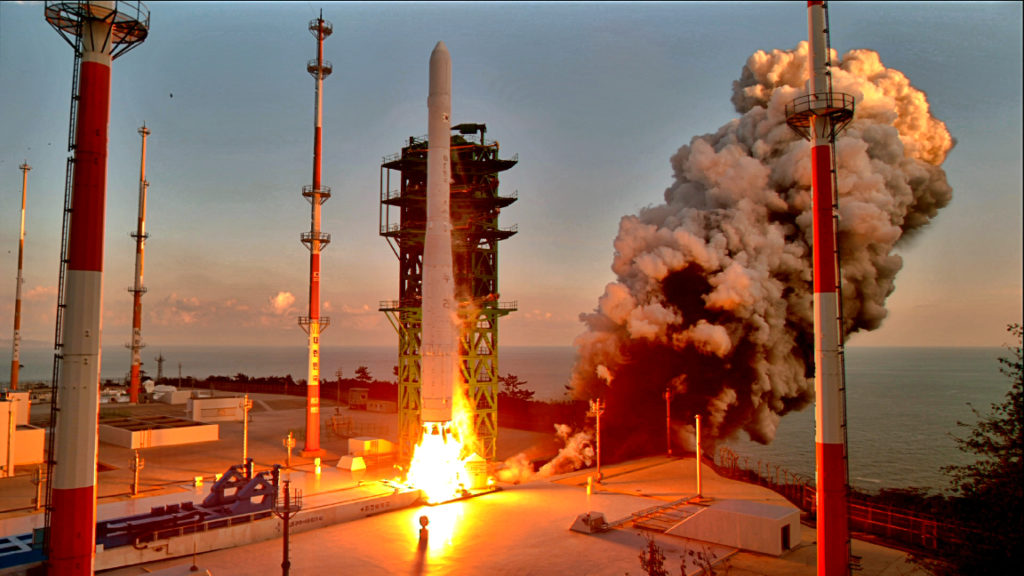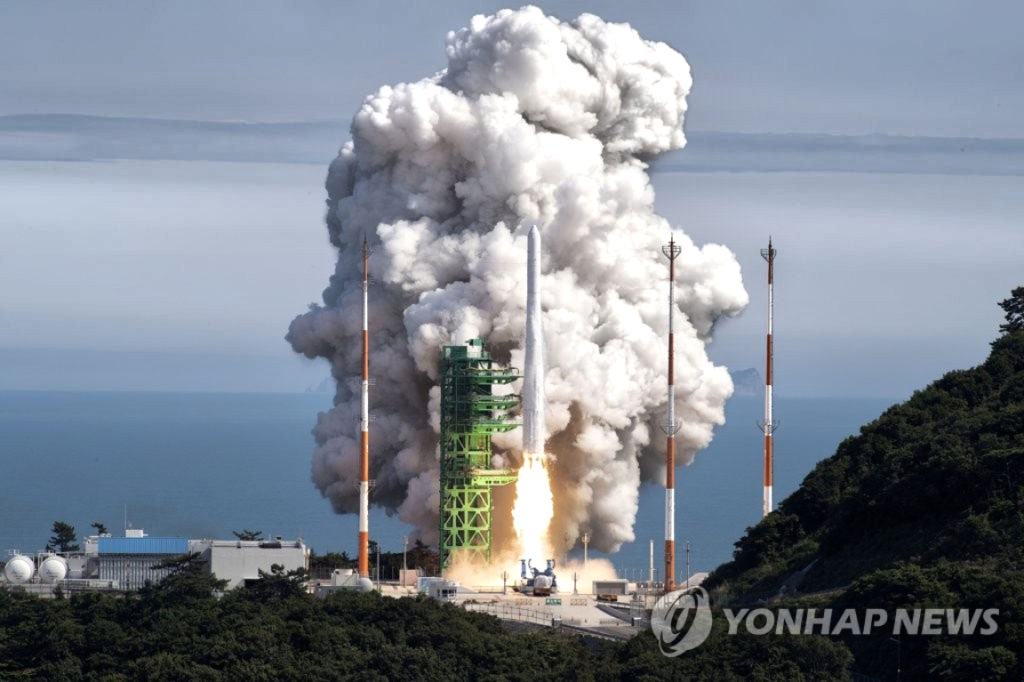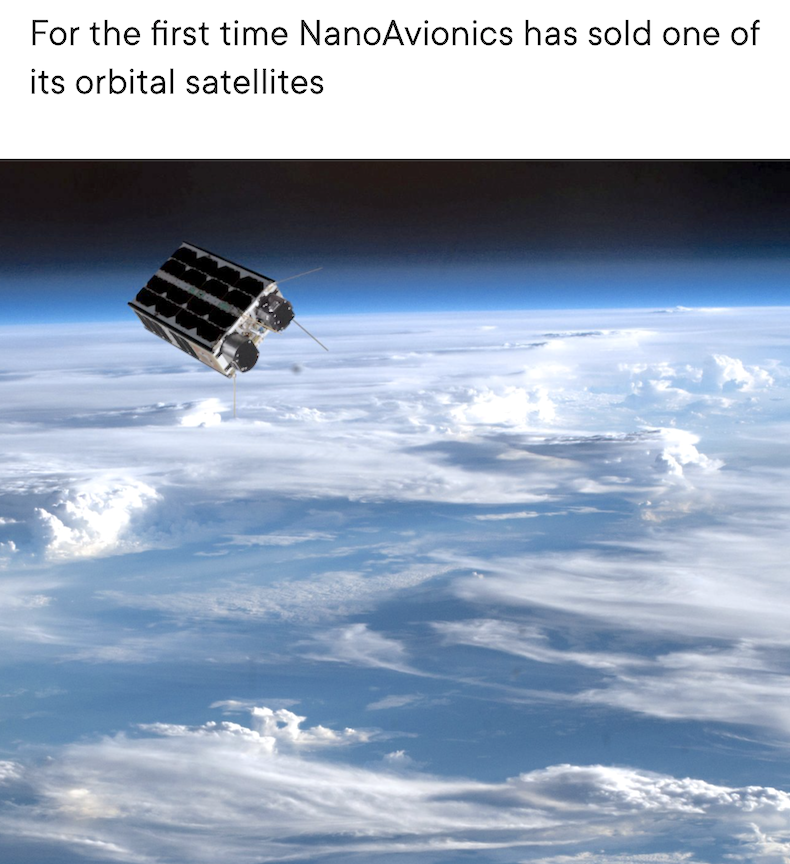
That’s not what happens when a satellite is purchased but this small NanoAvionics cubesat is their first satellite sold already operating in Low Earth Orbit, which provides data on climate change, hidden resources, agricultural improvement and other valuable processes on Earth.
Mission integrator and bus manufacturer NanoAvionics has sold, for the first time, one of its operational satellites in low Earth orbit (LEO) including ongoing mission operations.
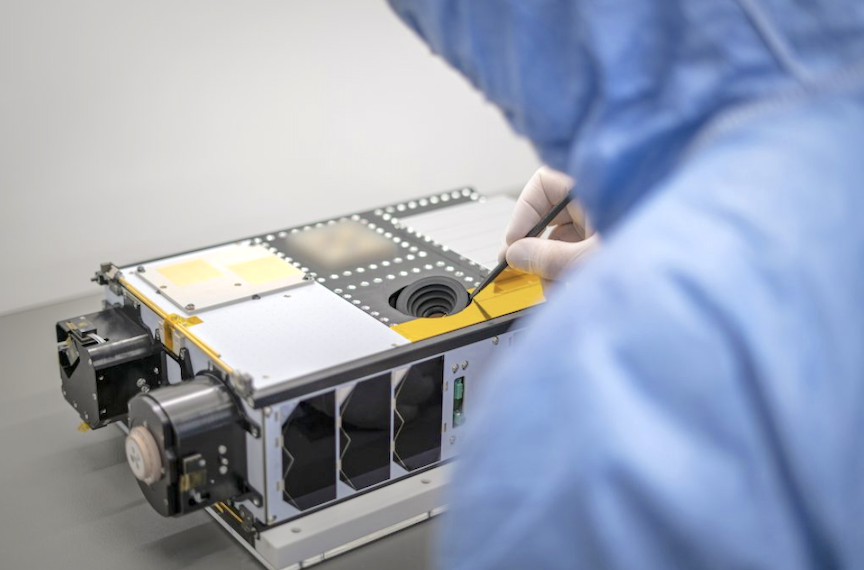
Launched last year, NanoAvionics’s shared 6U satellite mission “D2 / Atlacom-1” includes one of the world’s first 1U-sized hyperspectral imager for remote sensing, which will be used by a yet unnamed Earth observation company to provide orbital imagery services. Prior to selling the satellite, all indented missions, none of which included the buyer, had been accomplished and fulfilled.
F. Brent Abbott, CEO of NanoAvionics US, said, “Selling an already launched and operational satellite, is a whole new development for us and demonstrates the continued agility of our business. Back in 2021, “D2 / Atlacom-1” only took us eight months to build, test and launch despite hosting many different instruments onboard the shared satellite, requiring extensive configurations. The already built-in hyperspectral imager allowed our customer to almost instantaneously double their capabilities and to rapidly continue assembling what could become one of the world’s most advanced hyperspectral constellations.”
Orbital imagery is one of the most sought-after markets of the new space industry. Everything in the universe has a different spectral signature and a hyperspectral sensor can, for example, ‘see’ the spectral signature of an invasive disease threatening an entire harvest. Receiving such information before it causes major damage would allow farmers to take preventive steps. Doing the imagery from space makes it possible to monitor and analyze the spectral signatures of an entire region in a single picture.
“Each year, natural and human-caused catastrophes take away shelter, food, employment, education, and human life from populations worldwide. Space technology like this hyperspectral imager will be a potent weapon to fight against such disasters,” Abbott said.
The hyperspectral camera aboard “D2 / Atlacom-1” was developed by Dragonfly Aerospace, based in Stellenbosch, South Africa. The camera captures images in 148 spectral bands from 470-900nm wavelength with a 16-meter ground sampling distance (GSD).
As part of NanoAvionics continued shared satellite program, the “D2 / Atlacom-1” includes multiple instruments which were successfully demonstrated in orbit: Accion Systems’ 1U Tiled Ionic Liquid Electrospray (TILE) propulsion experiment, 1U hyperspectral camera developed by Dragonfly Aerospace, and a new high-gain X-band antenna and an upgraded X-Band downlink transmitter both developed by South African company CubeCom.

